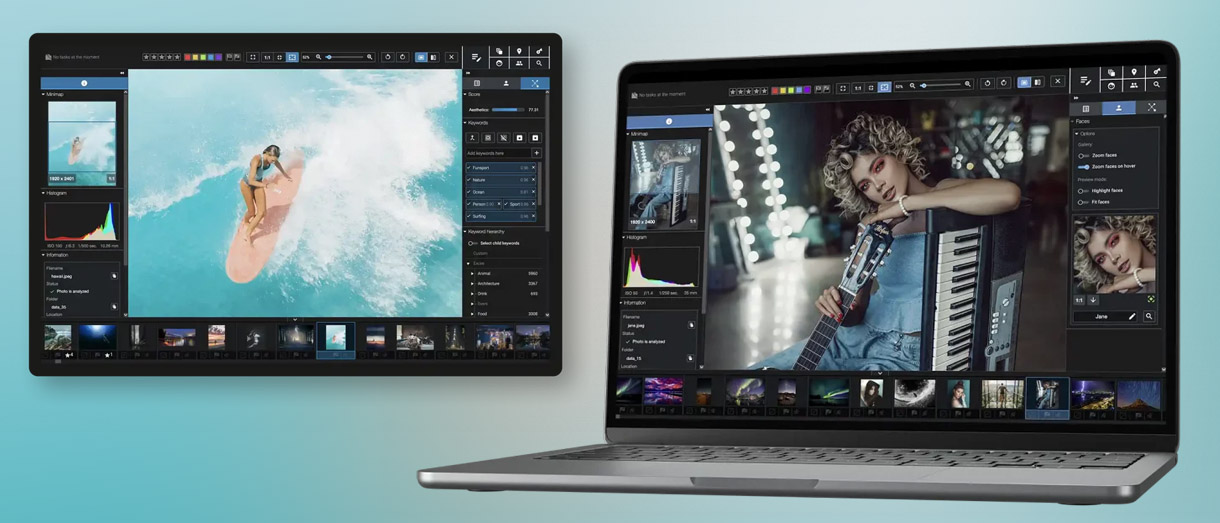The Olympus OM-1 is amazing! These are my 5 reasons why
Geraint Radford shares his favorite features of the flagship Olympus OM-1 and why it's great for outdoor macro photography
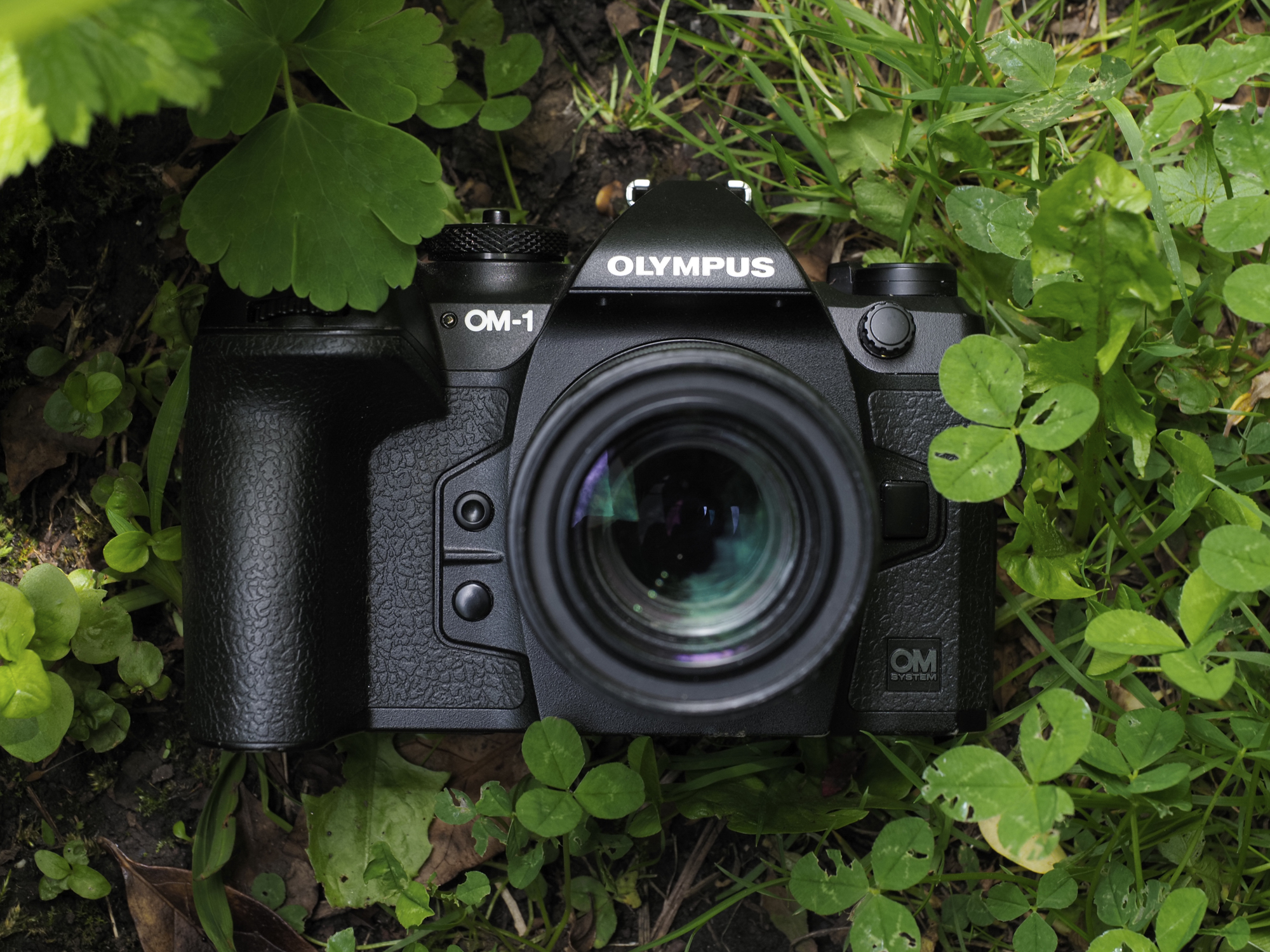
Sharing the same as the original Olympus OM-1 camera that was released in 1972, the new OM-1 is perhaps just as revolutionary. The OM System OM-1 has been highly anticipated, and for good reason – it replaces the Olympus OM-D E-M1 Mark III and Olympus OM-D E-M1X as the flagship model and packs in a lot of tech in its compact body, including 120fps burst shooting, IP53 weather sealing and 8 stops of image stabilization.
We've already shared our thoughts in our full Olympus OM-1 review, so who better to ask for their first impressions than a real-life Olympus ambassador who uses the camera everyday to shoot fascinating close-up captures of insects and flowers. Let's see what professional photographer Geraint Radford makes of Olympus' flagship.

Geraint is an Olympus ambassador and macro photographer from Wales, UK. A lover of bugs and bourbon biscuits, he likes to shoot beautiful, crisp images without disturbing his subjects. Geraint has previously used an Olympus OM-D E-M1 Mark III.
@geraintradfordmacro
Hi friends! Geraint here checking in with five things I love about the Olympus OM-1 for outdoor macro photography (in no particular order). News of the new flagship camera from OM System brought me a lot of excitement! After using it for a few months I can say that it takes everything I love from the previous cameras – I've previously used the Olympus OM-D E-M1 Mark III – but enhances them.
• Read more: Best Olympus OM-1 deals in May
At the same time, there are some super cool new features that elevate my photography opportunities, allowing me to explore the macro world like never before. Here are just some of my favourite new additions that have already improved my shooting experiences.

1. Handheld High Res mode
Handheld High Res mode lets you shoot a 50MP Raw file from the 20MP micro four thirds sensor. The details that can be achieved using this feature are amazing! It does this by shifting the sensor to create a composite image. The subject must remain still during this process so speed matters.
This feature can be found on certain Olympus cameras but the OM-1 is the first model which I can confidently use in the macro world. This is because it is so much faster, and the extra stability offered by the IBIS means that the process is almost instantaneous…wowzer! I have noticed that my keep rate is now far higher than before when using HHR for the correct photographic opportunities.
Get the Digital Camera World Newsletter
The best camera deals, reviews, product advice, and unmissable photography news, direct to your inbox!
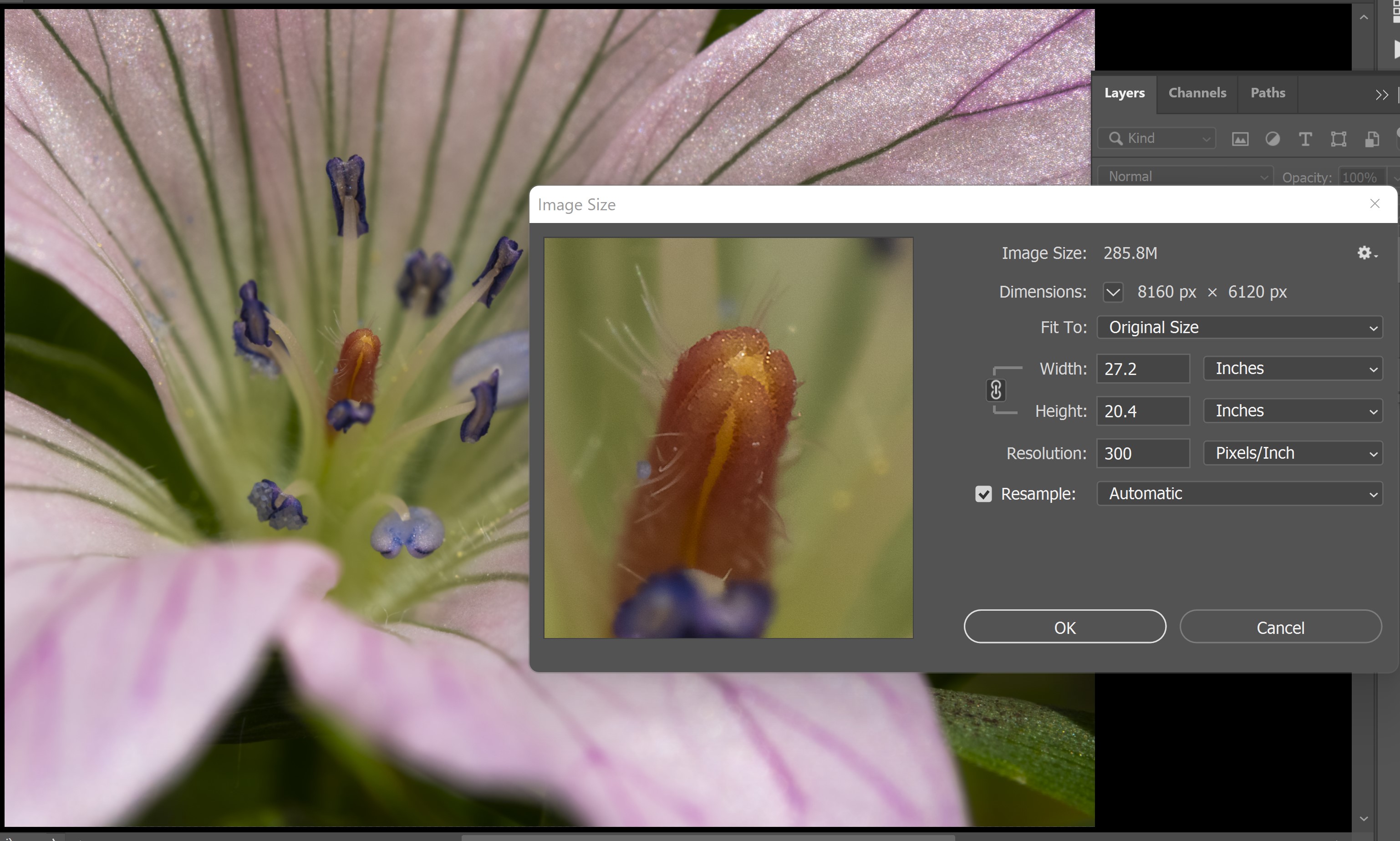
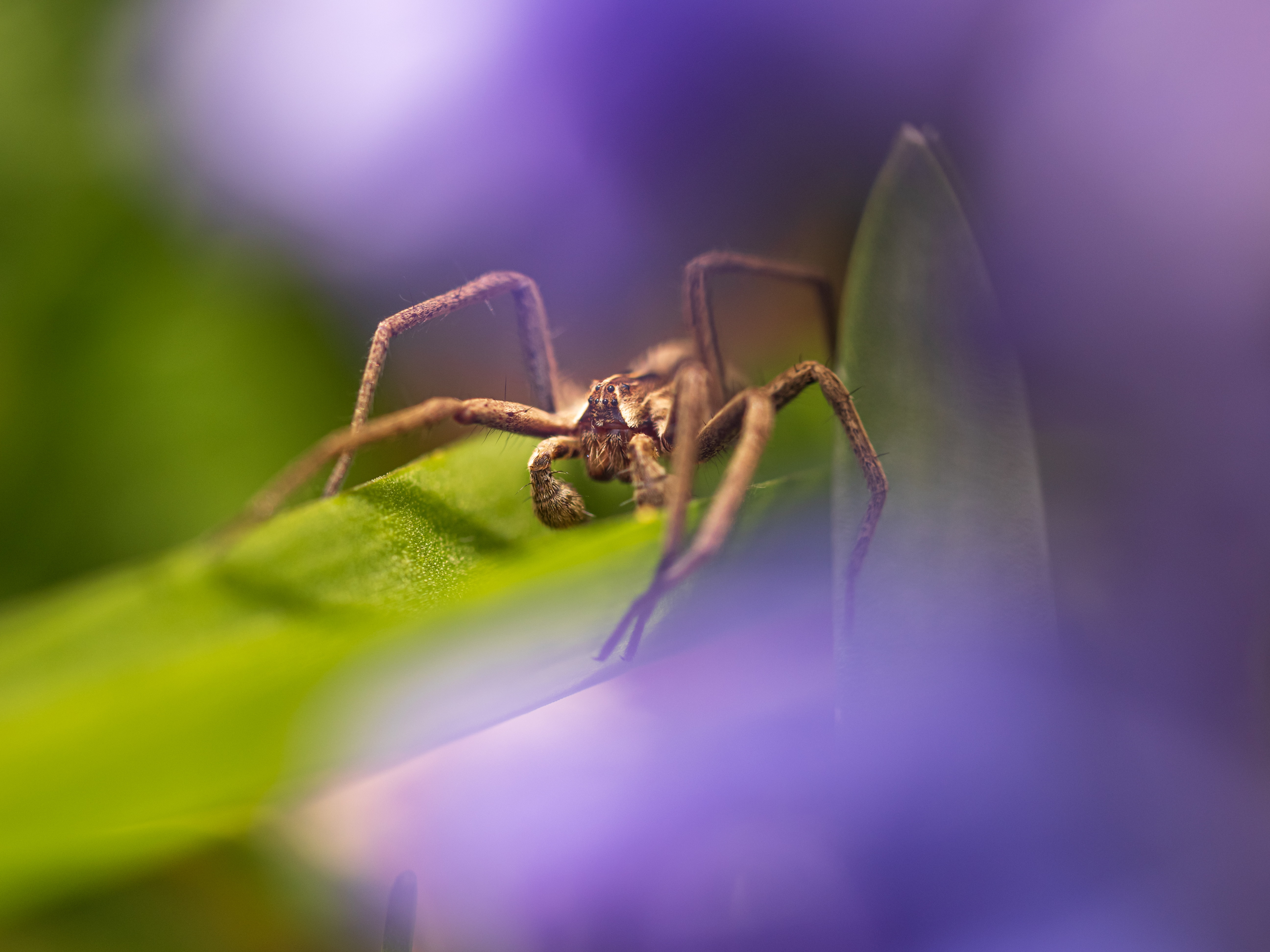
2. The Snazzy new viewfinder
The benefits of this upgraded viewfinder go beyond the higher resolution and beautiful colours. The addition of the night vision mode has solved a few niggles that I had with my E-M1 Mark III (which I still love!).
Tiny macro subjects require extra magnification, and my preferred way to achieve this is to pop on some extension tubes because we aren’t adding extra glass and diminishing image quality. The issue with using extension tubes is that they reduce the amount of available light which makes it rather tricky to see though the viewfinder.
Before the OM-1, I would use live view boost, which does works but slightly impacts the quality of the image in the viewfinder and exaggerates the small movements we create at high magnifications (making focus stacking more challenging). The OM-1’s night vision mode does not have these issues so I can shoot freely with extension tubes – even in the dark and spooky woods.
3. Autofocus
Autofocus and macro photography don’t always go hand in hand. My initial impressions are that the OM-1 in continuous autofocus mode works really well in the close-up world. I would recommend pre composing your image, selecting one of the 1053 autofocus points and then activating the continuous autofocus (C-AF), which will adjust for the micro movements that happen.
If we time our shots carefully, shooting when the key areas are in focus, we can achieve a decent keep rate without having to manually adjust the focus frequently. I usually activate the AF and then gradually move the camera closer to the subject, allowing the camera to manage the focus so I can watch for interesting moments to capture without being distracted.
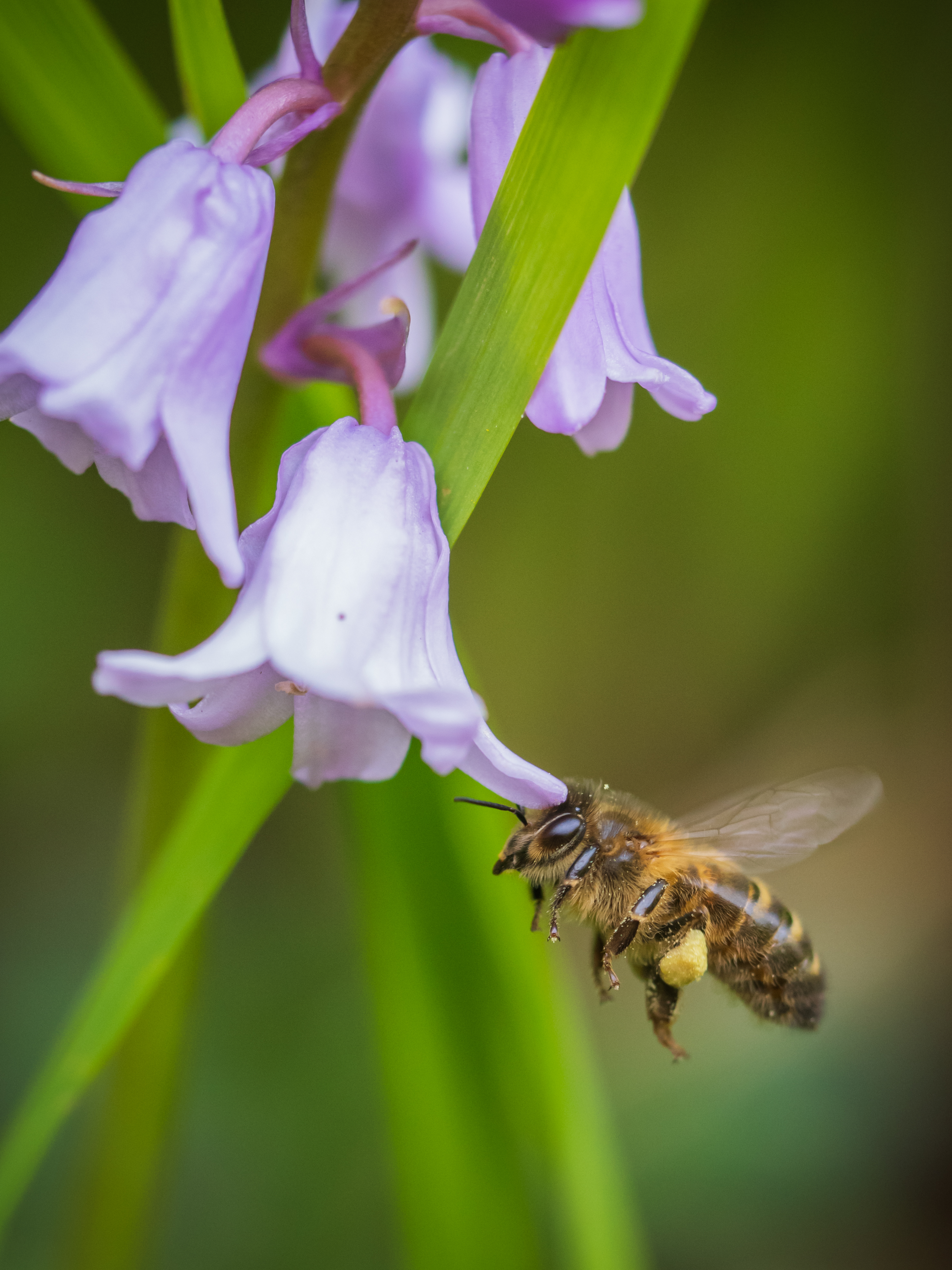
4. Better ISO performance
Although my work isn’t heavily reliant on high ISO shooting, having at least one extra stop of noise performance opens new opportunities.
Mini beasts tend to be shiny, owing to their exoskeletons. Controlling highlights requires nicely diffused lighting. This can be achieved with a diffused flash or if we are using natural light, we can shoot in shaded/overcast conditions to give us soft lighting.
Being able to exceed ISO 1600 whilst retaining lots of detail is very useful. I believe that this opens creative opportunities and gives me the ability to capture dynamic images of insects on the move, using only natural light. On previous models, I would be hesitant to get beyond ISO 800 in my macro shooting because we rely upon fine details to show off how intricate these beings are.
Having this flexibility also means that I can use higher ISO levels when I am using flash so that I can maintain more ambient lighting. This does a couple of cool things. I can use lower flash durations which makes focus stacking much faster because I don’t have to wait for the flash to recharge. I can maintain colours in my backgrounds, so I am not limited to the “studio” look (where we have black backgrounds) in my macro work. Not that I think it’s a bad look, it’s just nice to have flexibility.
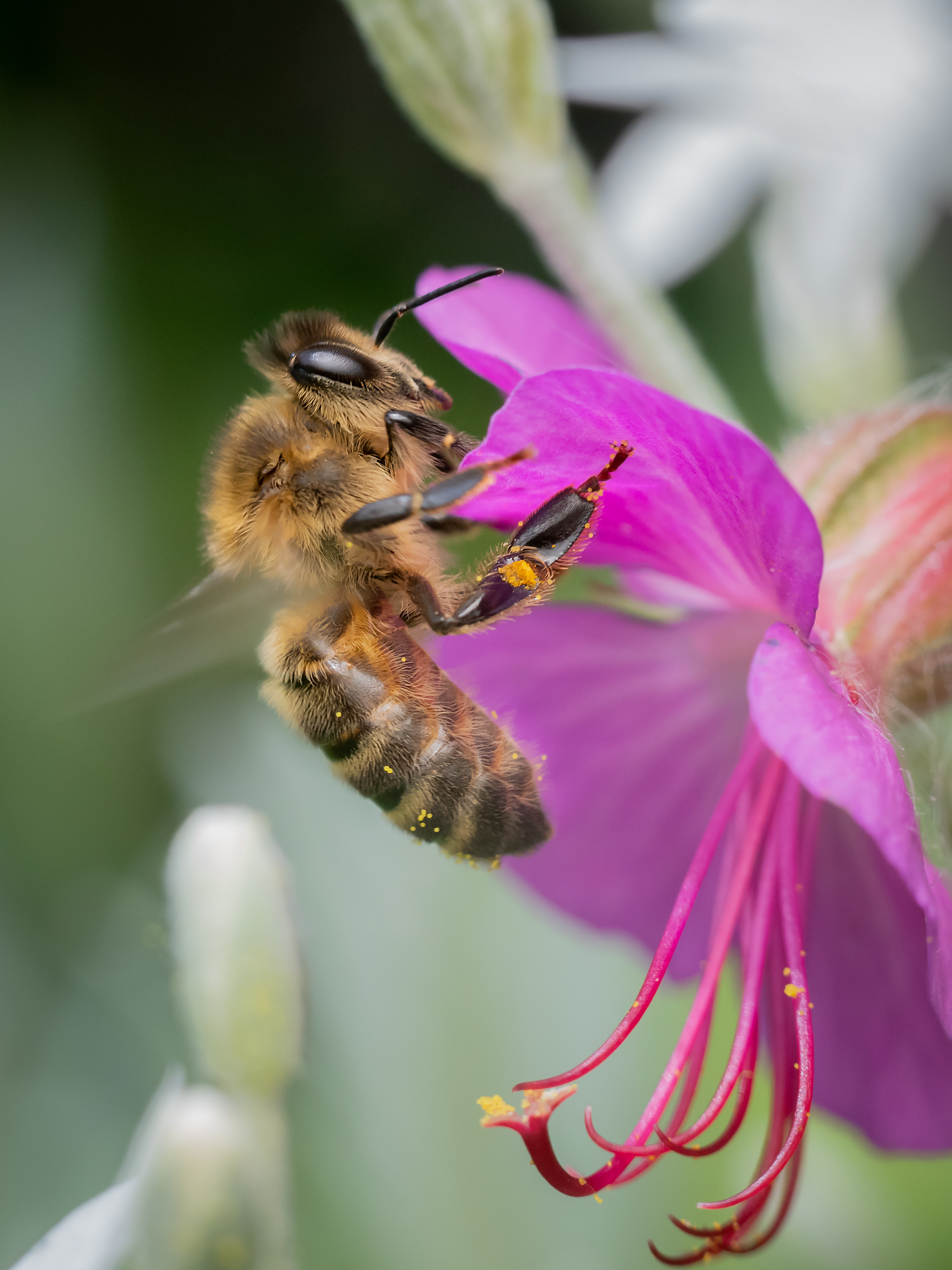
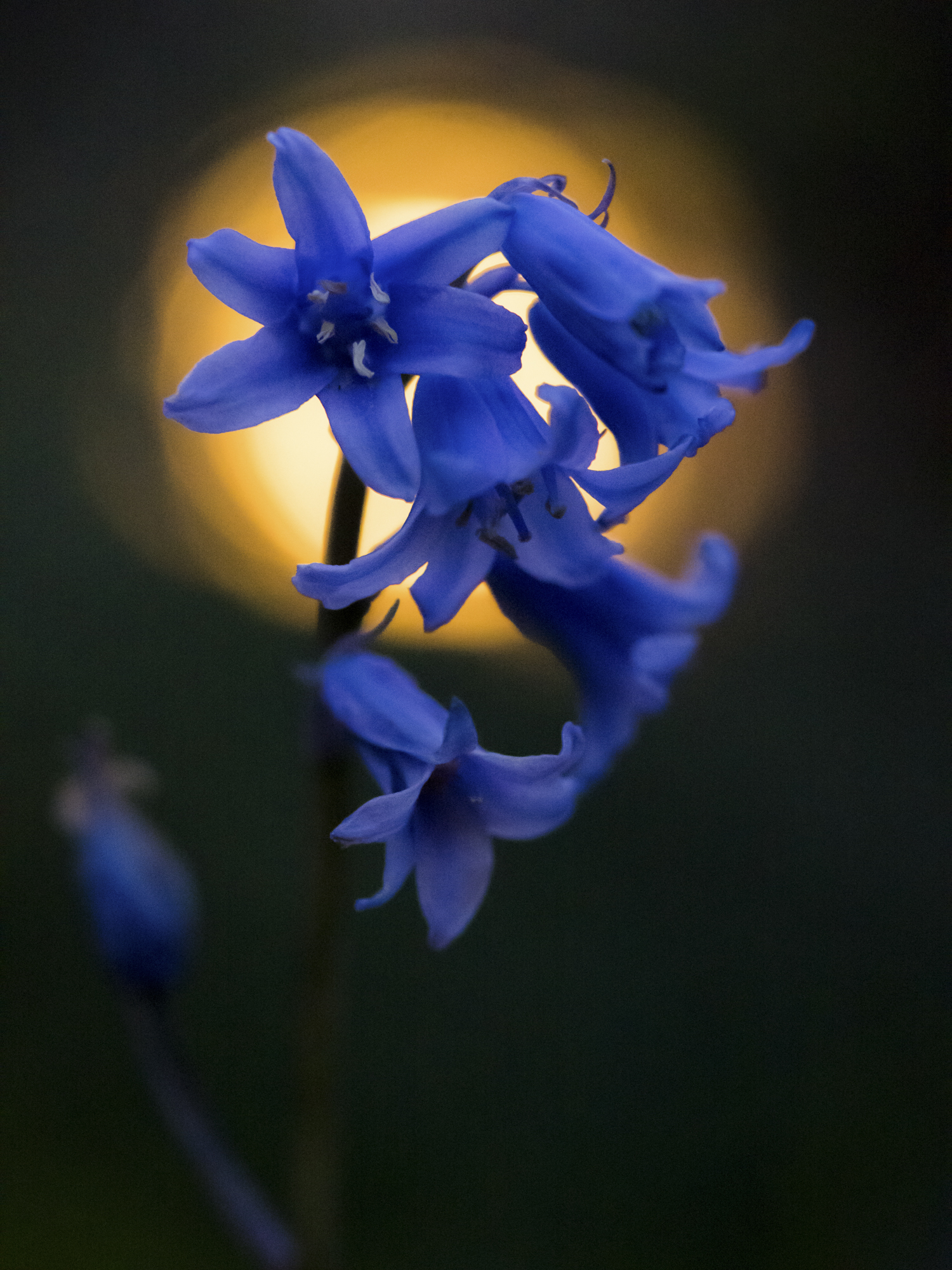
5. Sheer speed
Everything is faster on the OM-1 versus previous Olympus cameras that I have used. The stacked sensor design has opened more opportunities for capturing those rare moments in time. For me, photography is an adventure, I love being outside and looking for cool subjects to photograph. Every second counts and if I miss a photo opportunity, I need to move onto the next one as soon as possible and this camera does not get in the way of a really fun day out.
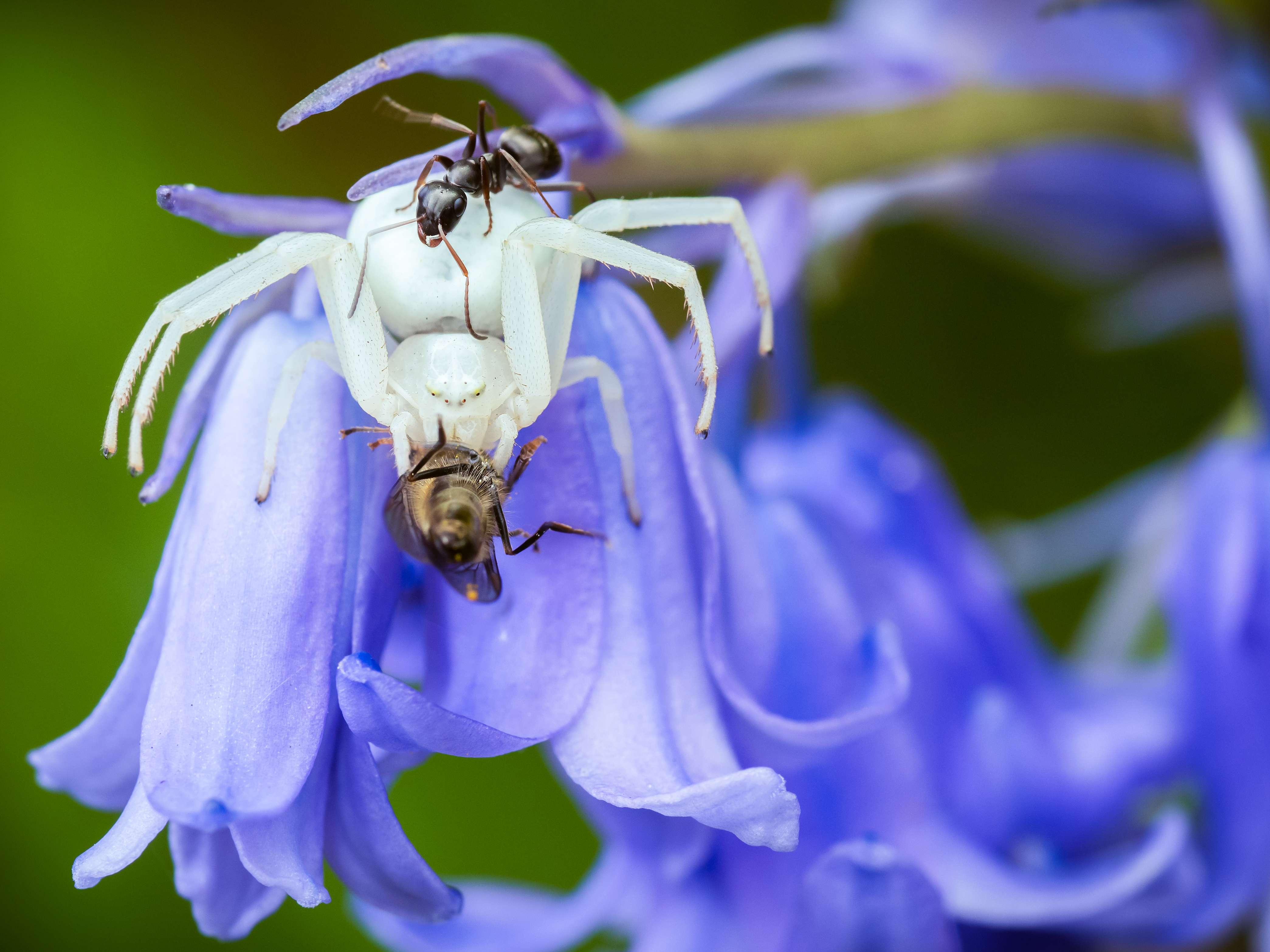
I hope you enjoyed my thoughts and first impressions. Macro photography is such a rewarding pastime and I hope that you have a lot of fun exploring this fascinating world.
Read more:
The best cameras for macro
The best macro lenses
The best ringflash for macro

Lauren is a writer, reviewer, and photographer with ten years of experience in the camera industry. She's the former Managing Editor of Digital Camera World, and previously served as Editor of Digital Photographer magazine, Technique editor for PhotoPlus: The Canon Magazine, and Deputy Editor of our sister publication, Digital Camera Magazine. An experienced journalist and freelance photographer, Lauren also has bylines at Tech Radar, Space.com, Canon Europe, PCGamesN, T3, Stuff, and British Airways' in-flight magazine. When she's not testing gear for DCW, she's probably in the kitchen testing yet another new curry recipe or walking in the Cotswolds with her Flat-coated Retriever.
